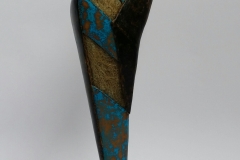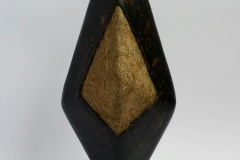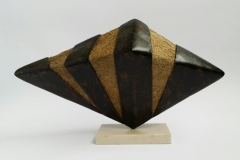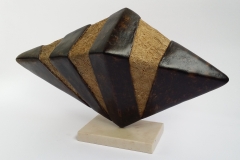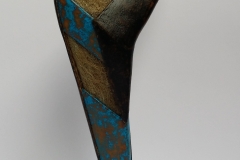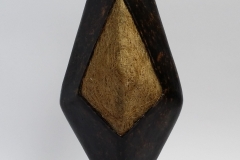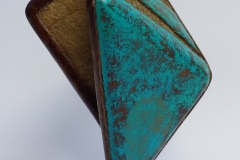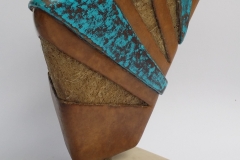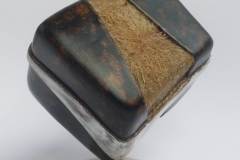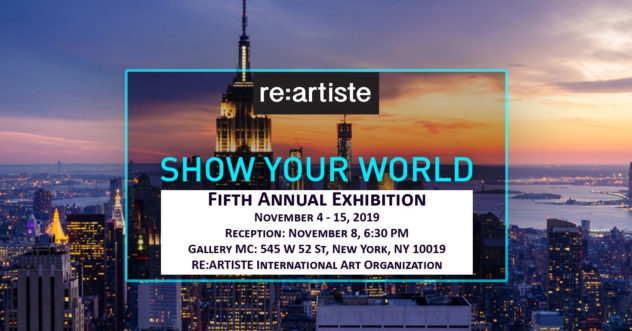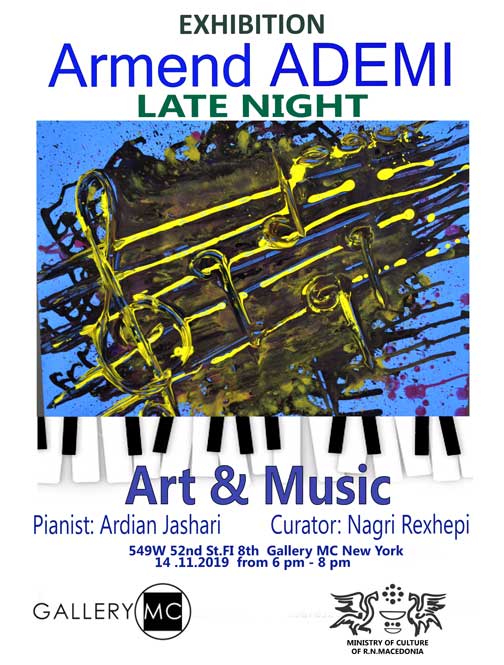Morphological Disaggregation
Slobodan Milosheski’s Morphological Disaggregation
November 21st – 30th, 2019
Reception for the Artist in Residence on Thursday, November 21st from 6 to 8 pm
The sculptor Slobodan Milosheski appears not as a simple epigone, but as independent creative phenomenon, to whom the dynamics of the form serve as an inspiration in the sails for directing his own artistic ship. And that ship has long gone to the open sea of opportunities offered by the abstract sculpture, which is interlaced with the spirit of the postmodern, combined with the Russian Cubo-Constructivist School and the ancient cosmological postulates.
In essence, in this project entitled “Morphological disaggregation”, we encounter the appropriation of the idea of visual displacement and disintegration of the structure, which is transformed into an associative-symbolic form. By doing so, the author very successfully tries to break down the uniform ideas of certain visually-aesthetic problems, thus creating spiritual and energetic opposition, which is born in the first contact with the visual whole.
The sculptural works presented on this exhibition are conceptually multidimensional, connected and represent a process in progress, while jointly fostering the persistence of spatial coexistence. Each individual item in terms of the environment is set as an element of communication; as a kind of tool of the artistic action. These art works are rich in inexhaustible energetic potentials in the expression of subjective vision. In their closed or open morphology, the compact characteristic of linear rigidity and rationalism in the performance is consistently adopted.
But, finally and perhaps most importantly, his sculpture has a pronounced dynamism in which even the viewer is involved. Thus, the aesthetics of these works becomes complete, because it becomes aesthetics of the reception. The spectator is invited to participate in that dynamism, becoming simply drawn to the growth, making these – at first glance – rational forms, to be still perceived as deeply human movements in search of tranquility. Although geometrically-cubistic, Milosheski’s works are also human, extremely human.
Prof. Trajce Stojanov, PHD, aesthetist

